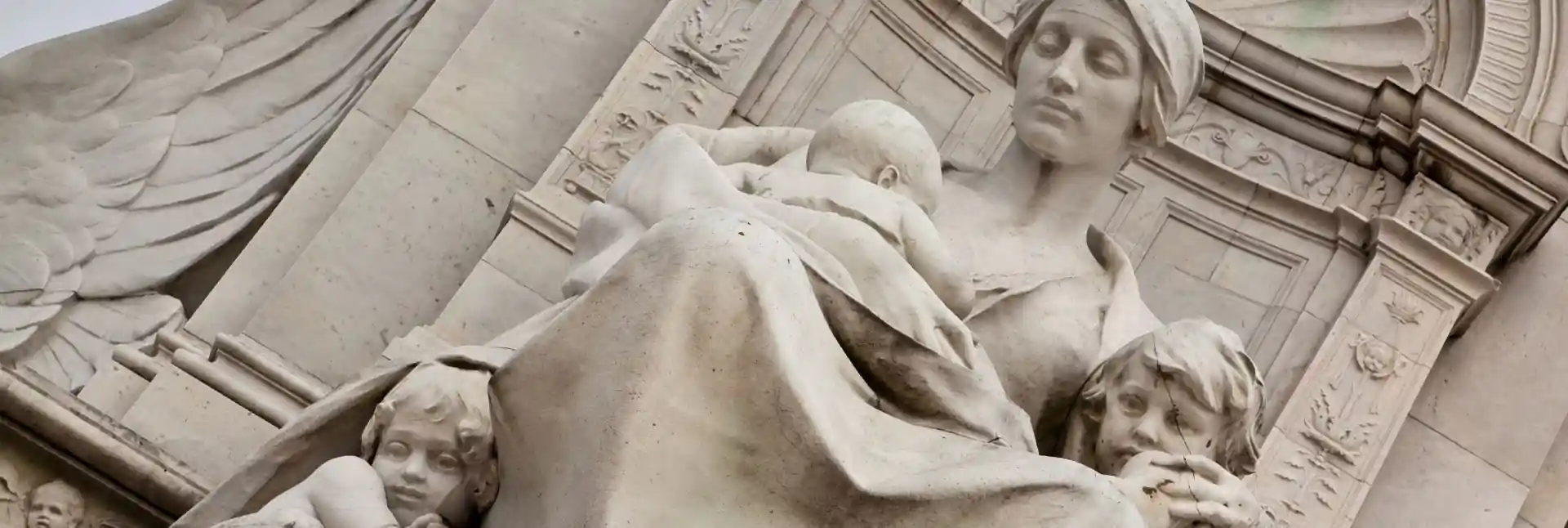
Why is Buckingham Palace important?
Sometimes, when we visit a monument, we do so for its beauty, but we're not fully aware of its historical or even current significance. That's the case with Buckingham Palace, which is not only a place to visit — it's a space where the history of the United Kingdom has been and continues to be written. Today, we want to talk about its importance.
The importance of Buckingham Palace
Residence of the British Royal Family
Since the reign of Queen Victoria in 1837, Buckingham Palace has been the official residence of the British monarch. Although it was not originally built for this purpose, the building was adapted and expanded to become the sovereign’s home. This continuity came to an end during the pandemic, when Queen Elizabeth II moved to Windsor Castle to weather the crisis. King Charles III, although he visits regularly, has not made the palace his official residence.
Why does he visit regularly? Because this is not just a luxurious home; it is a place where decisions are made, meetings with heads of state are held, and the daily work of the monarchy is carried out. It is also often the location from which messages are delivered to the public during times of crisis or celebration — from the now-famous balcony — reinforcing its role as a symbolic center of the nation.
Witness to key moments in history
Buckingham Palace has been the setting for countless historic events. It has hosted receptions to commemorate military victories, but it also endured bombings during World War II, a time during which King George VI and Queen Elizabeth chose not to leave the palace. This decision strengthened the bond between the crown and the British people and cemented the palace as a symbol of resilience and unity.
It has also been the site of royal weddings, like that of William and Kate, and key protocol events that have shaped the UK’s relationships with other countries. Additionally, it has served as the focal point for national mourning, such as during the deaths of royal family members, making it a place that gathers both the joys and sorrows of the nation.
A building in use — not just a museum
Unlike other European palaces that have been converted into museums, Buckingham Palace continues to serve an active role. It hosts state functions, diplomatic receptions, investiture ceremonies, and official audiences. Every detail — from the decor to the etiquette at events — follows a carefully designed protocol to reflect tradition and institutional respect.
One of the most anticipated moments for visitors is the famous Changing of the Guard, a ceremony that, while touristy, symbolizes the ongoing vigilance and formality surrounding the palace. This blend of tradition and modernity makes the palace not just an old building but an active part of the workings of modern Britain.
Artistic heritage of immeasurable value
Inside, the palace houses some of the most valuable artworks in the world. Paintings by Rembrandt, Vermeer, Rubens, and Canaletto are part of the Royal Collection, one of Europe’s most important art collections, which is held in trust by the monarch but serves the British people — and those who visit!
The palace rooms are decorated with historic furniture, tapestries, sculptures, porcelain, and ceremonial objects from past centuries. Each piece has a story to tell and contributes to the visual narrative of the monarchy over the ages.
A symbol of British identity
For millions of Britons and people around the world, Buckingham Palace represents more than just a building. It is the symbol of a nation that has captured the hearts of its people and preserved one of the oldest monarchies on the planet.
Generations of monarchs have stepped out onto the palace balconies to greet the public during crucial moments — coronations, weddings, jubilees, and royal births. That image of the royal wave has become a cultural icon, the most sought-after photo, and an unforgettable memory for locals and tourists alike.
The palace also represents values that many associate with British history: continuity, discipline, elegance, and duty. These remain a source of national pride and international curiosity today.
As you can see, this monument is much more than that — it is a piece of history, the present, and the future, which has become a symbol of a nation’s identity. If you're planning a trip to London and want to truly understand what this monument represents, we invite you to discover it with us and buy your tickets to Buckingham Palace — discover the soul of the United Kingdom!